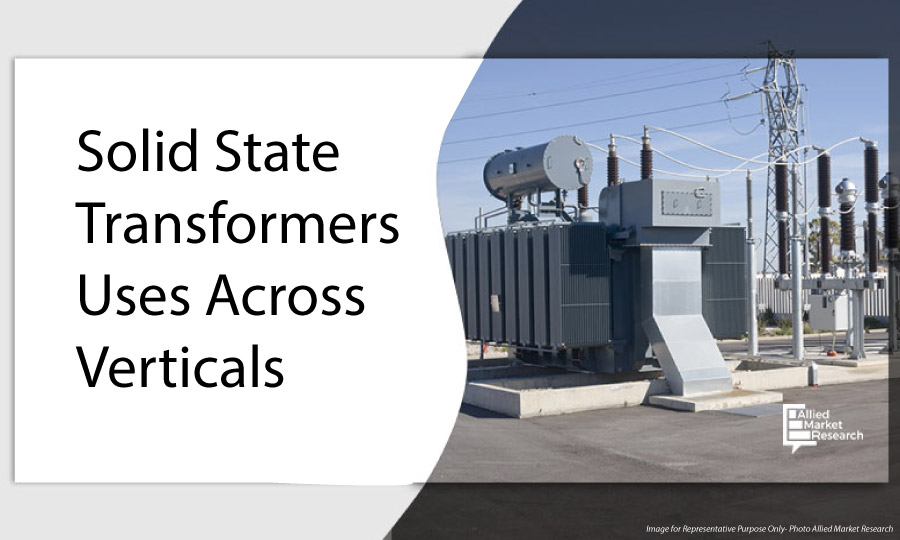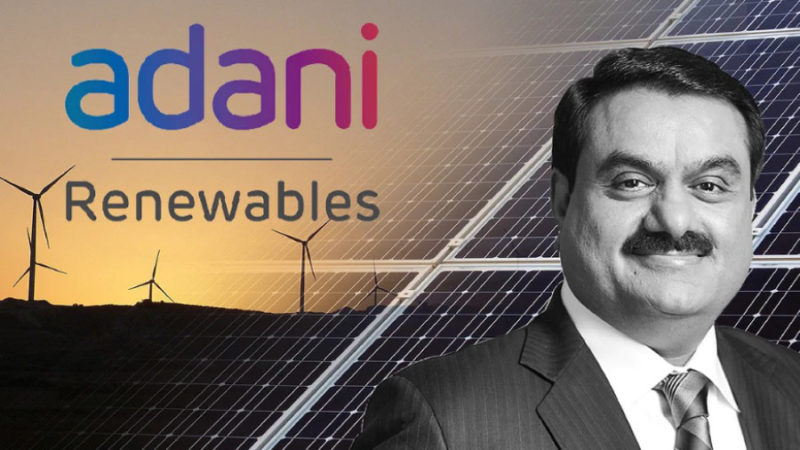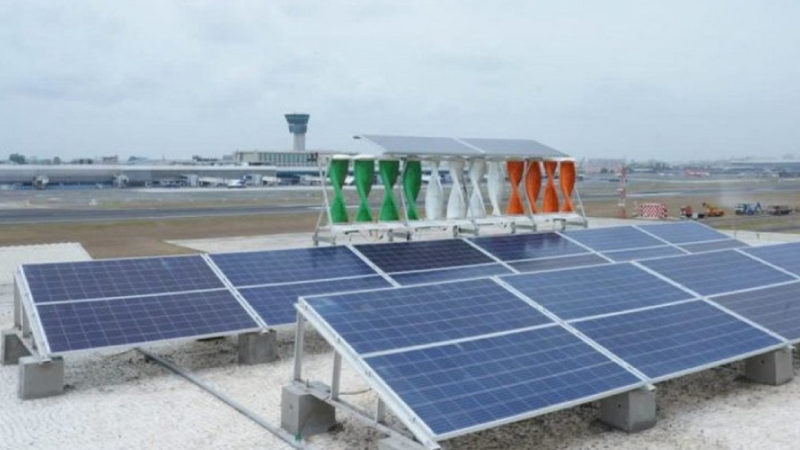Solid State (Smart) Transformer Market Hitting the Roof across Industry

A column by ‘Somnath Sasane’ from Allied Market Research – exploring the aspects of the use of Solid State Transformers hitting the roof across several industry verticals …
Smart transformers, also known as solid-state converters, are an innovative type that integrates a number of semiconductor machineries, control trips, and high-frequency modifiers. Compared to their conventional counterparts, smart transformers tend to perk up the power quality by monitoring voltage fluxes in the best possible manner.
When they ease off-grid damages, they also happen to endure reliability and guard the load from disruptions of power supply. Nowadays, it caters to a plethora of uses, such as renewable power formation, electric vehicle charging amenities, and so on.
Solid-state transformers are considered to be highly efficient and effective. The fact that they are extremely energy efficient makes them deliver much more power via similar cords at a much faster pace. It is projected that their power conduction ability is almost ten times better than that of the conventional ones.
Besides, these modifiers come with the very ability to supply diverse power over a single-phase track, making sure that the power quality is also much superior. This is, however, accomplished by inducting Sag correction and choral filtering structures in the device.
These transformers are also cost-effective in nature, as they can be utilized in multiple configurations, and quite naturally, they comprise a lesser number of parts and portfolios. With this on board, both the expenses of maintenance and manufacturing get abridged to a considerable extent. Finally, these devices can be labeled as environmentally friendly too, since no hazardous liquid elements are utilized in the machines.
The rise in the incorporation of eco-label energy in power generation along with an upsurge in expenditure in smart grid technologies are projected to fuel the market growth in several ways. Furthermore, the technical benefits of smart transformers over their traditional counterparts have supplemented the growth yet more.
Simultaneously, an increase in demand for biodegradable energy and a drop in carbon footprint have boosted the market, due to the fact that solid-state transformers can easily replace step-up transformers, thereby ensuring upgraded responsive power compensation. This particular benefit over other converters can swell up the usage of smart transformers for renewable energy.
As the investments in smart grids such as smart meters and digital substations have experienced a steep hike in recent years, the smart grid application segment is projected to lead the trail, in terms of revenue, from 2021 to 2028. A decrease in price owing to mass production is anticipated to pave the way for an array of opportunities for the solid-state transformer market in the recent future.
Also, eminent manufacturers are capitalizing on R&D activities along with technological innovations, which has reinforced the market prospects. The market across Asia-Pacific is, however, projected to grow at the fastest pace. And, this is attributed to the fact that the majority of the demand comes from countries like Japan, China, and India.
At the same time, there’s been a steep increase in demand for electric vehicles in the past few years and that’s the reason why service providers have also felt the exigency to perk up their charging infrastructure, especially in the urban extents. The use of smart transformers has highly increased in charging stations, which are fettered to twenty kV catenary without any low-wave convertor.
Thus, electric vehicles are supplied essential power without damaging the quality of the grid power. Moreover, several government bodies across the globe have started investing profusely on set-ups required for electric vehicle charging, which in turn has again been beneficial for the market growth.
Here, it’s worth mentioning that the outbreak of COVID-19 led to significant disruptions in the manufacturing & production activities across several industry verticals, thereby impacting the smart transformer market badly. Nevertheless, the majority of the countries are now initiating mass inoculation drives.
The global situation is getting better at a slow & steady pace, and the market is anticipated to get back on track soon.
Source: Allied Market Research
Connect with Power Insight: Facebook | LinkedIn | Twitter








